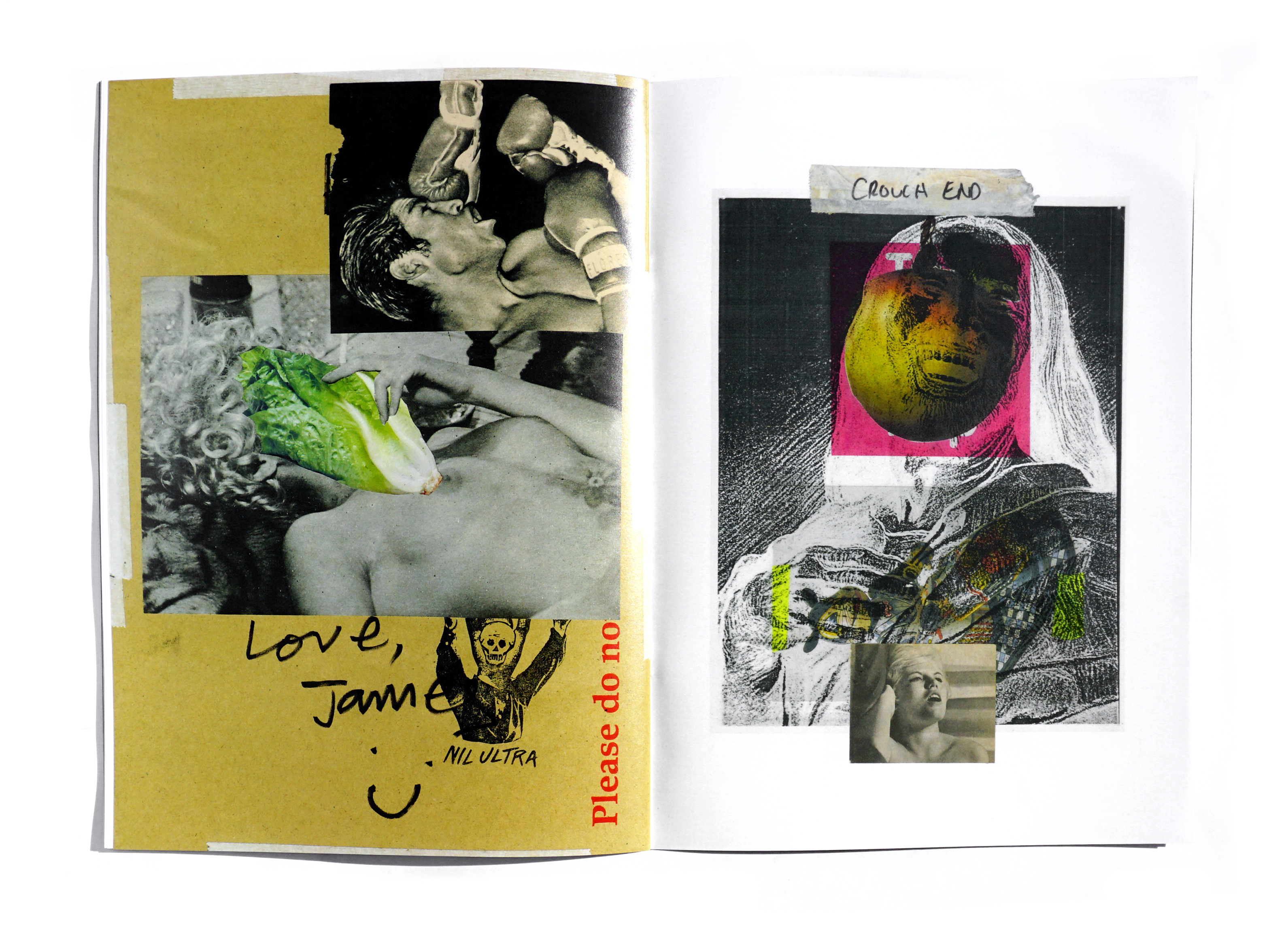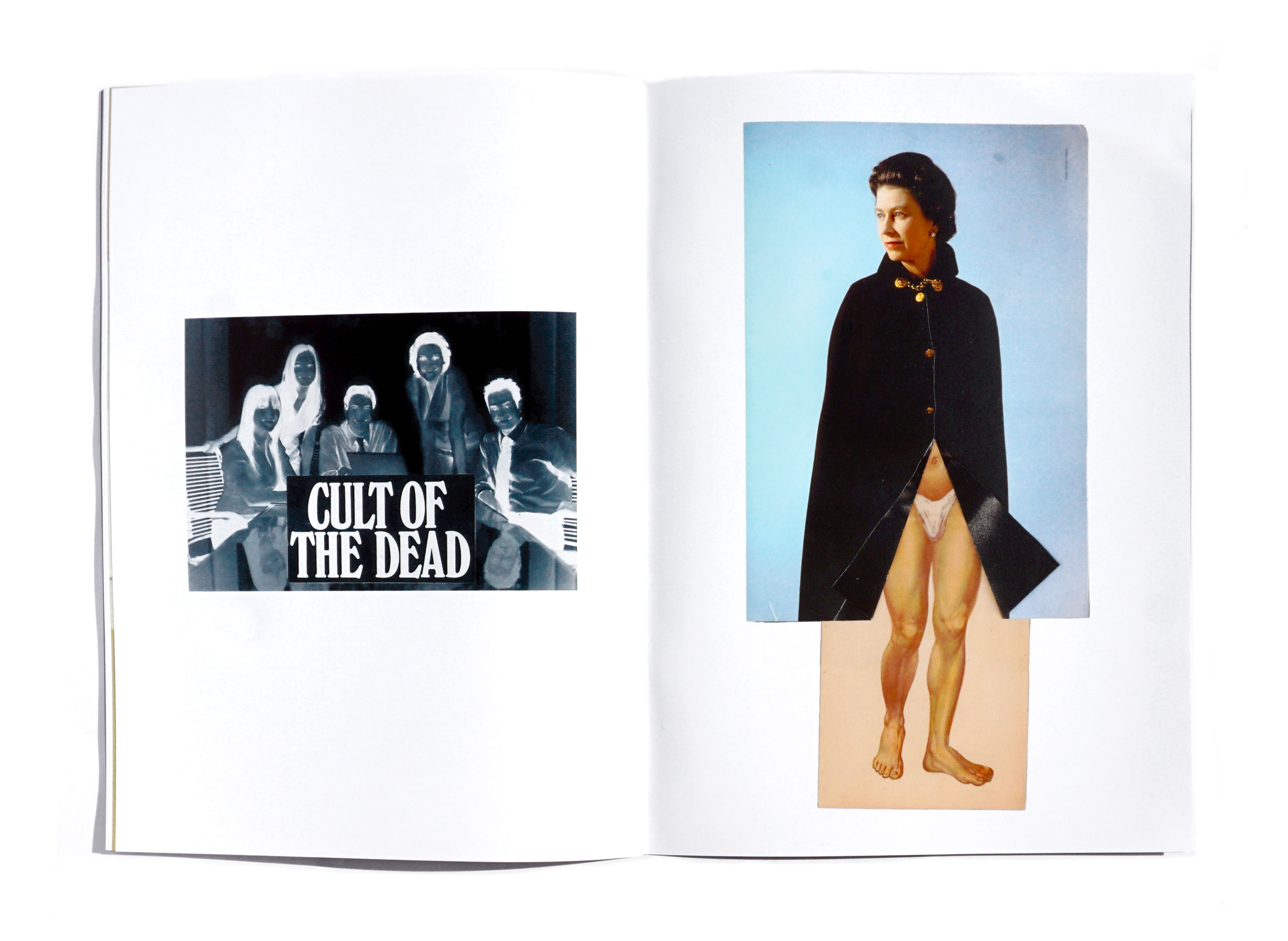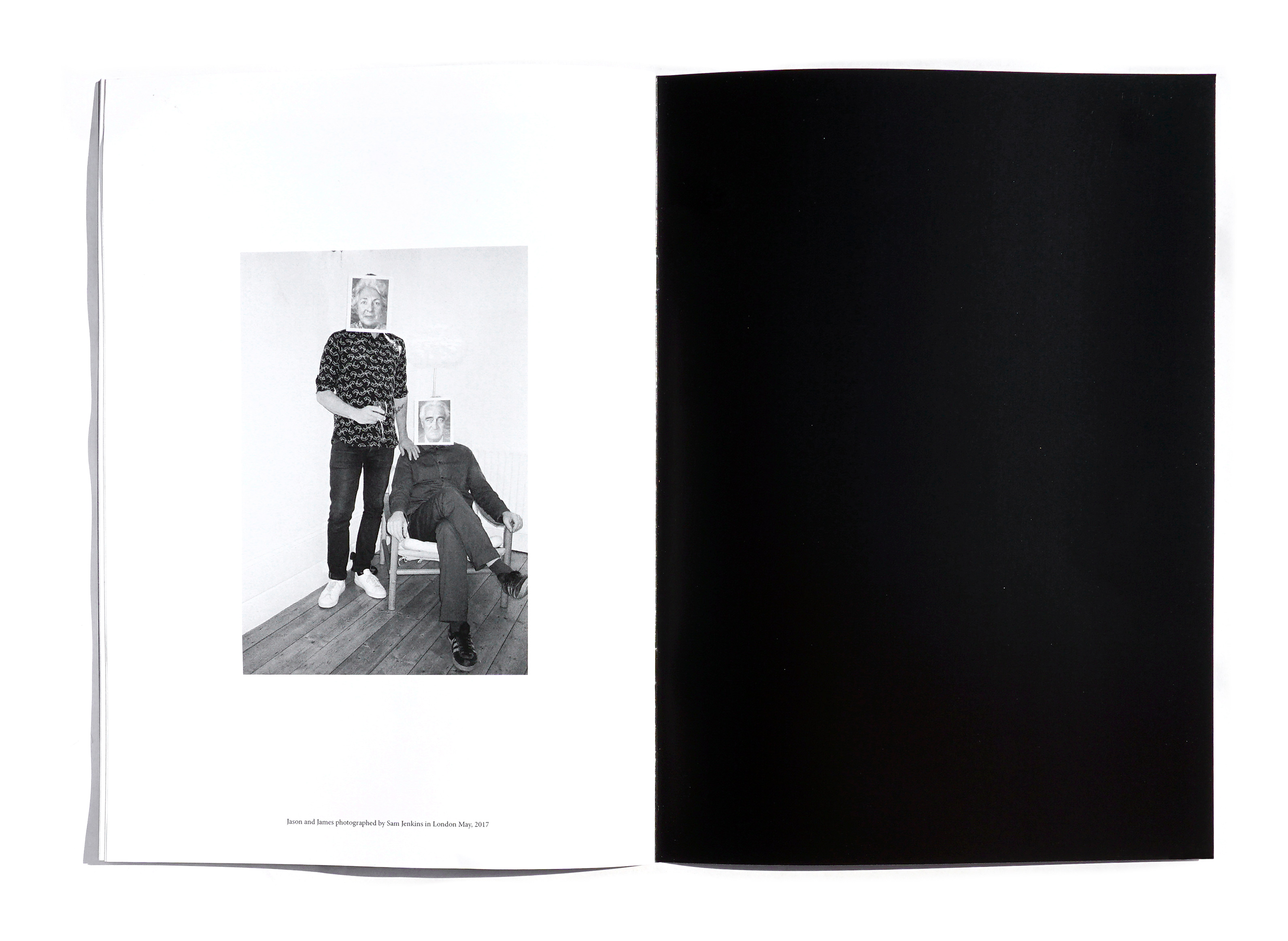“What Else Is
There To Say?”
There To Say?”
2016-2019
monograph
A4
printed in England
monograph
A4
printed in England
Full-color, 48 page A4 catalog showcasing the on-going collaborative collage correspondence with English artists James Springall
text by Sterling Bartlett
text by Sterling Bartlett
“I MEAN — WHAT COULD BE WORSE THAN A SO-CALLED “MAIL ARTIST” UTILIZING SCRAP MATERIALS & MERELY TALKING TRASH???”
–RICHARD CANARD IN CORRESPONDENCE TO RAY JOHNSON
The dual histories of collage, and mail art probably first intersect with the advent of Ray Johnson’s New York Correspondence School. Coined by fellow mail artist Edward M. Plunkett, the title refers to Johnson’s body of artwork sent through the United States Postal Service from 1943 until 1973 when Johnson declared it’s death in a letter of obituary sent to the New York Times. Both art forms were simultaneously employed by the Fluxus movement during the 1960s; specifically by Robert Filliou, who called communication-as-art “The Eternal Network”. ︎
–RICHARD CANARD IN CORRESPONDENCE TO RAY JOHNSON
The dual histories of collage, and mail art probably first intersect with the advent of Ray Johnson’s New York Correspondence School. Coined by fellow mail artist Edward M. Plunkett, the title refers to Johnson’s body of artwork sent through the United States Postal Service from 1943 until 1973 when Johnson declared it’s death in a letter of obituary sent to the New York Times. Both art forms were simultaneously employed by the Fluxus movement during the 1960s; specifically by Robert Filliou, who called communication-as-art “The Eternal Network”. ︎
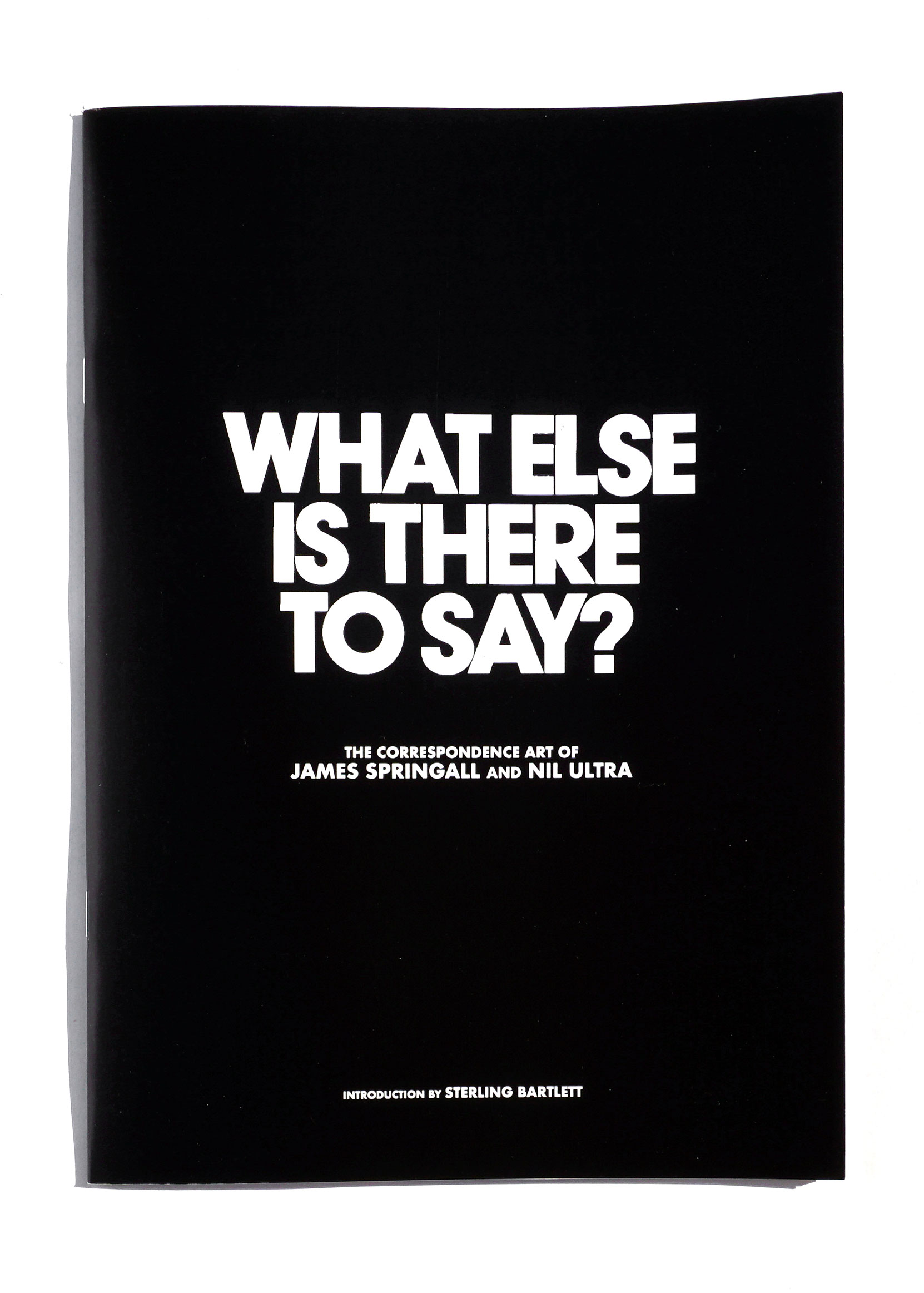
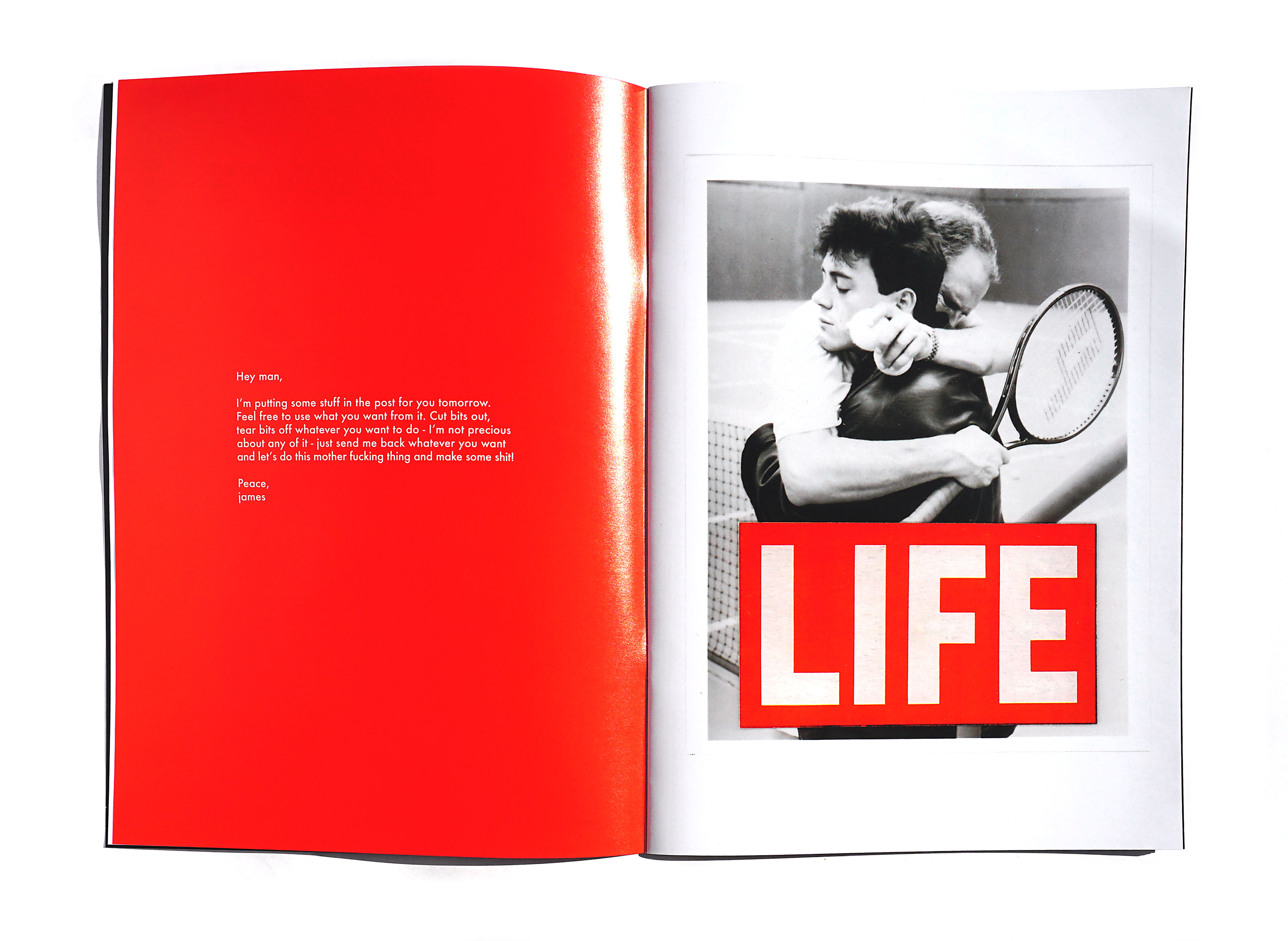
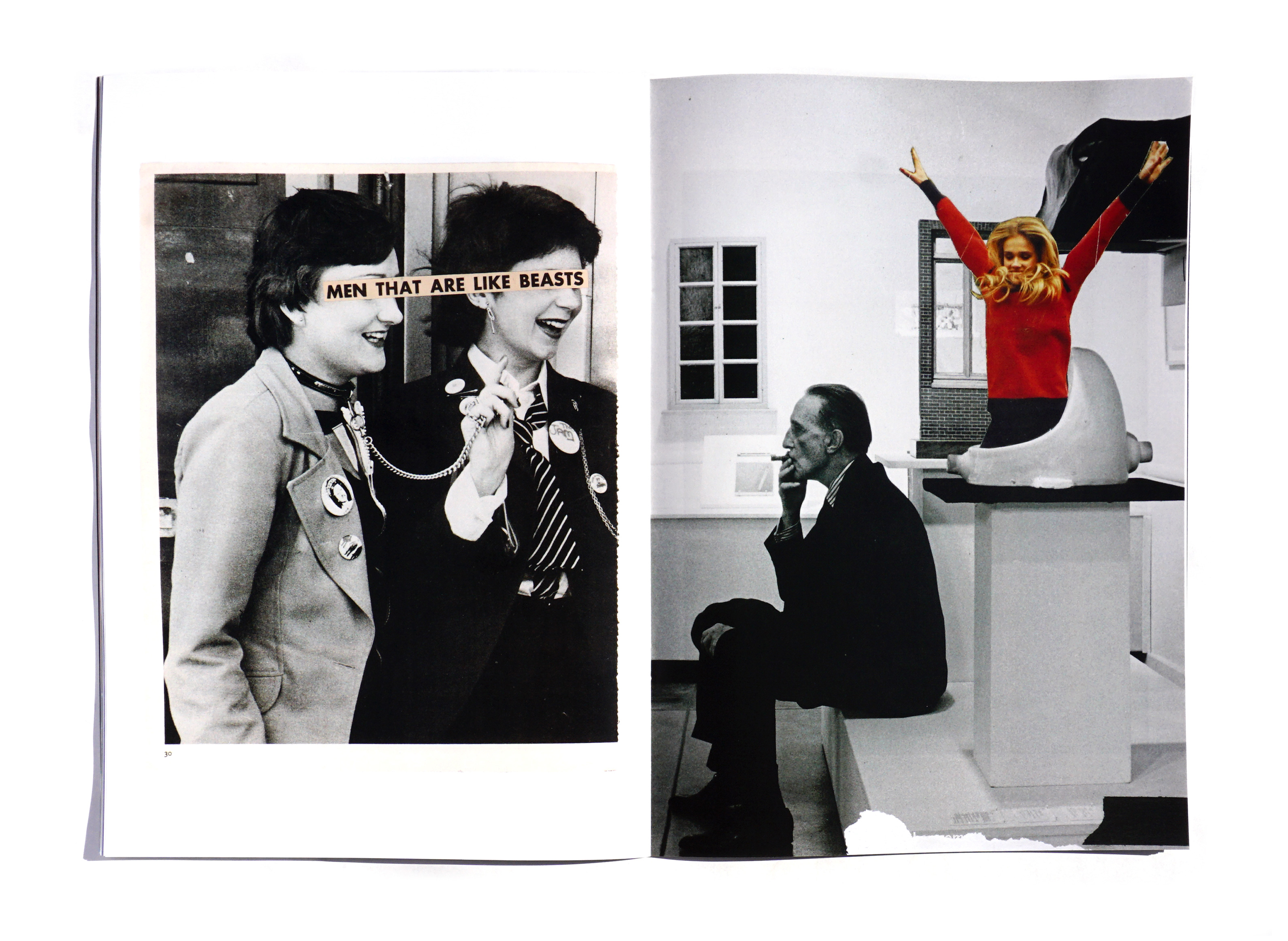

Flash forward to the early 1990’s. Advancements in communication technologies coalesce to provide any entrepid youth with the ability to create, customize and share their homespun tapes and zines through the mail. -A new eternal network is born. For most reaching their teens in the early 90’s, the impetus to pass creative work back-and-forth did not come from these artists of previous generations however. The drive came directly from their own peer groups.
While Jason Moore (b.1978, USA) was
trading crust punk mixtapes in Arizona, James Springall (b.1977, UK) was recording britpop mixes from the radio, and listening on an old Walkman in Newcastle. Moore customized his skateboards with paint markers and stickers. Springall made his own Super Furry Animals tees. Though their paths wouldn’t converge for a few decades yet, their artistic territories were already beginning to subtly overlap even as they were being mapped out. ︎
